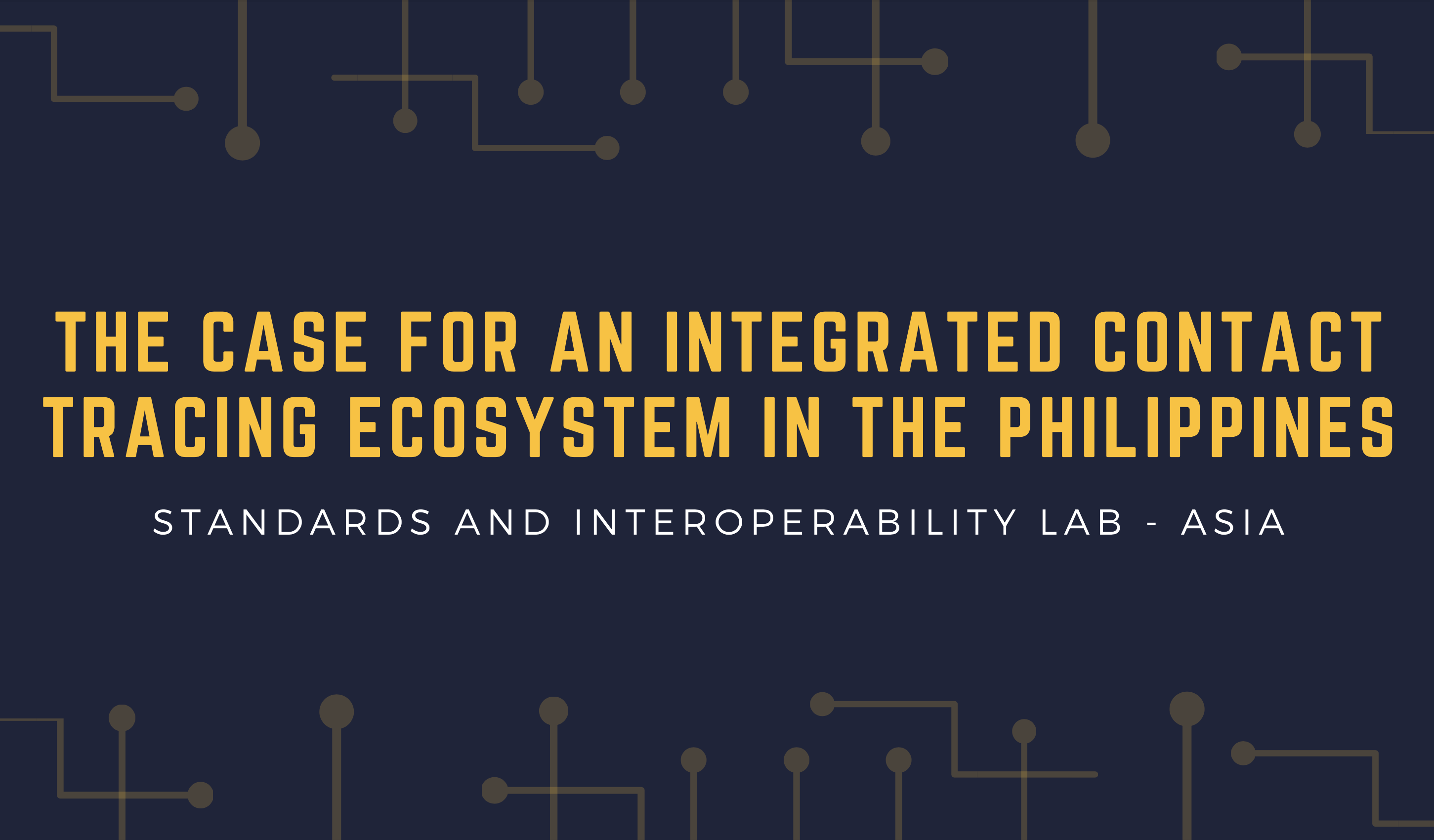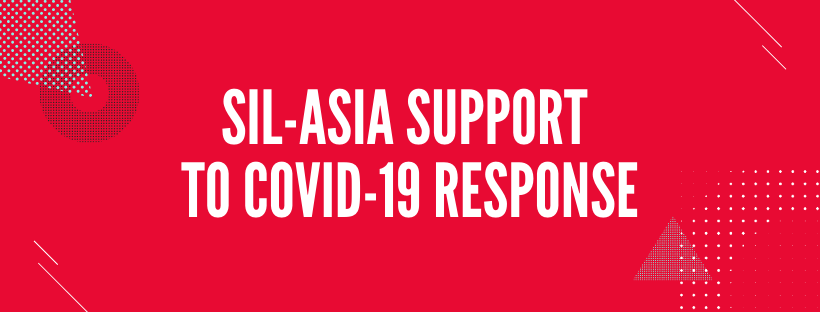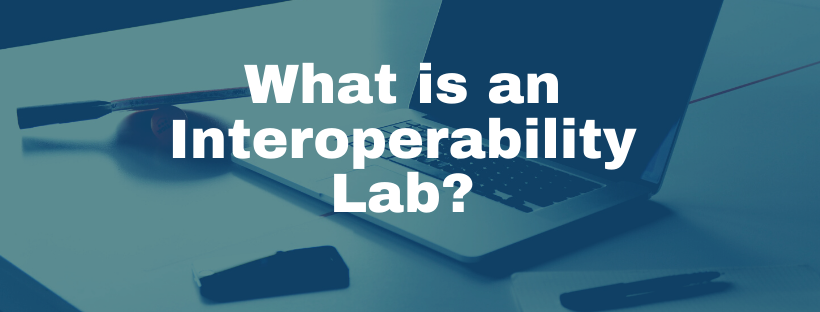Investing in digital health brings together a wide range of issues, complexities, assumptions, and estimates. Modeling these at early decision stages is essential to test, understand and manage digital health.
The Digital Health Investment Framework (DHIF) User Manual, an Asian Development Bank initiative provides a methodology. Using it needs eHealth modelers to develop their skills in line with the methodology. DHIF suggests that the best way to start is selecting a few of the ten DHIF steps for less complex digital health projects.
An example is starting digital health projects such as:
-
Immunization information systems and supply chains
-
Digital health strategic scenarios
-
SMS for maternal and child health
-
mHealth for community health workers
-
Telemedicine using mobile phones
-
Health monitoring, response and reporting, such as malaria control.
For these, starting with steps 1, 2 and 9 from the steps below is appropriate:
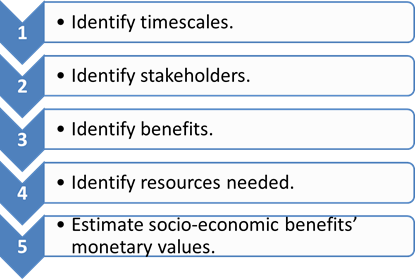
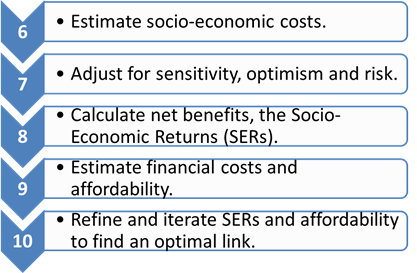
When these are in place, step 3 can be next. These combine into models of digital health projects.
Summary of Content
A summary of the main contents across timescales is:
Short Online Course on DHIF
Starting February 2019, Rome Business School will offer a short course on DHIF. The School’s Masters in eHealth and Telemedicine Management has eHealth finance and economics as a core component. The module includes an assignment on using DHIF outputs. Building on this, the DHIF course of five two-hour, online sessions on DHIF extend the School’s DHIF activities. New DHIF users can include their digital health projects as part of their learning material. They provide action learning needed in using DHIF.
While the first course starts in February 2019, participants can enroll now.
Course Objectives
- Identify the architecture, characteristics and the roles of a DHIF model
- Understand the concepts and methodology using illustrative DHIF models
- Apply DHIF to real-life projects
- Review DHIF illustrative models.
Learning Outcomes
- Understand and develop investment goals of health, healthcare, and digital health strategies
- Define different stakeholders’ types, user requirements and required functionality
- How to develop DHIF architecture and content
- Identify appropriate network requirements, and data and capacity dependencies from other eHealth investments
- Develop personal skills in stakeholder engagement, human capacity building in using the DHIF and change management skills.
Contents
- Introduction to DHIF
- Introduction to eHealth costs and benefits
- Introduction to decision making
- Putting it into practice, using participants own DHIF models.
Two organizations, Società per la Salute Digitale e la Telemedicina (SIT) and the African Centre for eHealth Excellence (Acfee) are patrons of the School’s Masters in eHealth and Telemedicine Management. The DHIF short course links to its eHealth finance and economics module and enables participants to achieve a fast startup. Tom Jones, SIL-Asia’s partner, and DHIF author is the course leader.
More information about Digital Health Impact Framework is available here.




